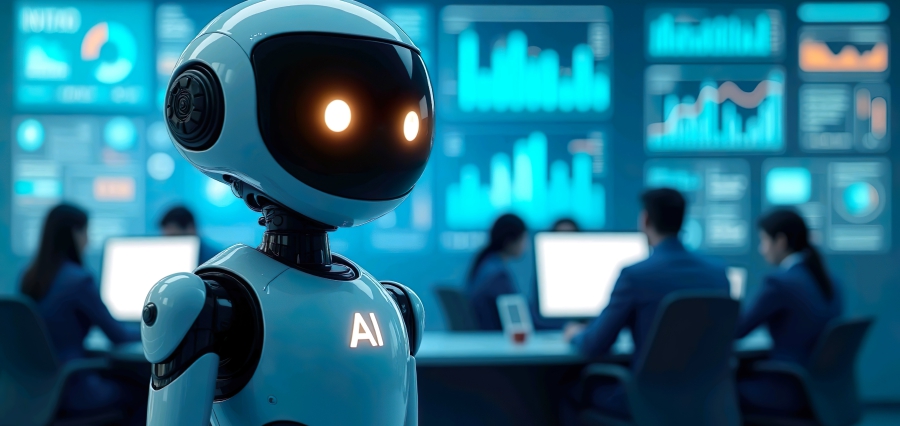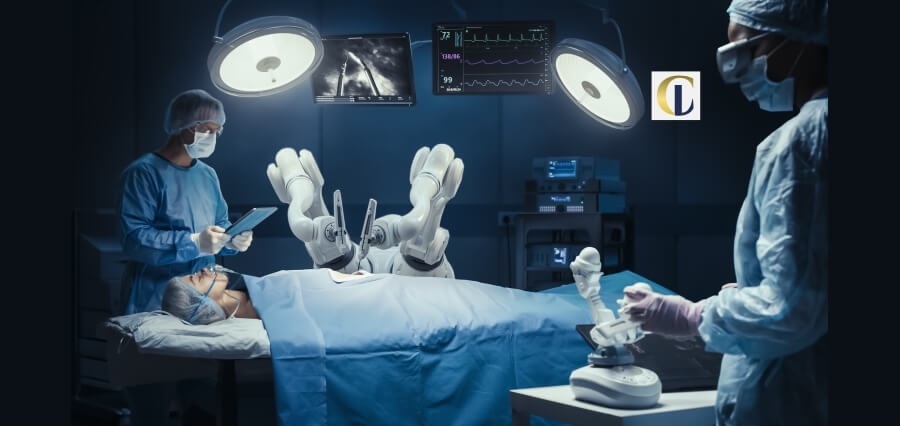Prime Highlights:
- Experts believe 2025 could mark the beginning of a new era for humanoid robots, as companies start rolling out machines for real-world use.
- Despite challenges, momentum is growing fast, and the industry looks ready for a big step forward.
Key Facts:
- Tesla plans to produce 5,000 Optimus robots in 2025, while Galbot has already deployed around 1,000 robots in China.
- Merrill Lynch forecasts global humanoid robot shipments will grow from 2,500 in 2024 to 18,000 in 2025, with a possible worldwide robot population of 3 billion by 2060.
Key Background:
The humanoid robot industry is gaining attention as companies begin to introduce machines for real-world applications. Experts believe that while robots are not common yet, 2025 could be the beginning of big changes.
These robots are built to look and move like people and are being made for work in factories and service roles. After years of development, manufacturers now say their products are ready to enter the market. At a recent robotics panel in Singapore, Xiong Youjun, general manager at the Beijing Innovation Center for Humanoid Robotics and CTO of UBTech, called 2025 the “first year of mass production for humanoid robots,” noting advances in both mechanical engineering and AI-driven decision-making.
The idea of a “ChatGPT moment” refers to the late 2022 launch of ChatGPT, which became popular worldwide. Robot makers such as Tesla with its Optimus, and Chinese companies like Unitree, Galbot, Agibot, and UBTech Robotics, are aiming for a similar breakthrough.
Tesla CEO Elon Musk said the company plans to make 5,000 Optimus robots this year, while Galbot has already deployed about 1,000 robots in different industries in China. Other companies are also placing robots in factories and businesses, backed by investors and government support.
Recent events have shown big improvements in how robots move and adapt. At China’s World Humanoid Robotics Game, Galbot won first place in a pharmaceutical sorting task, and other robots have been shown at sports events, proving they can handle many roles.
Even so, experts warn that everyday use of these robots will take time.“Humanoids won’t arrive all at once in a ChatGPT moment, but will slowly enter more positions as their capabilities improve,” said Reyk Knuhtsen of SemiAnalysis. Major issues continue to be high prices, slow manufacturing, and the issue of ethics.
Still, experts are hopeful. Merrill Lynch estimates that the world shipment of humanoid robots will increase to 18,000 in 2025 and 25,000 in 2026, and the worldwide population of robots will reach up to 3 billion in 2060.
Read Also : Mortgage Rates Slide to 6.29%, Giving Relief to Buyers and Boosting Builders





